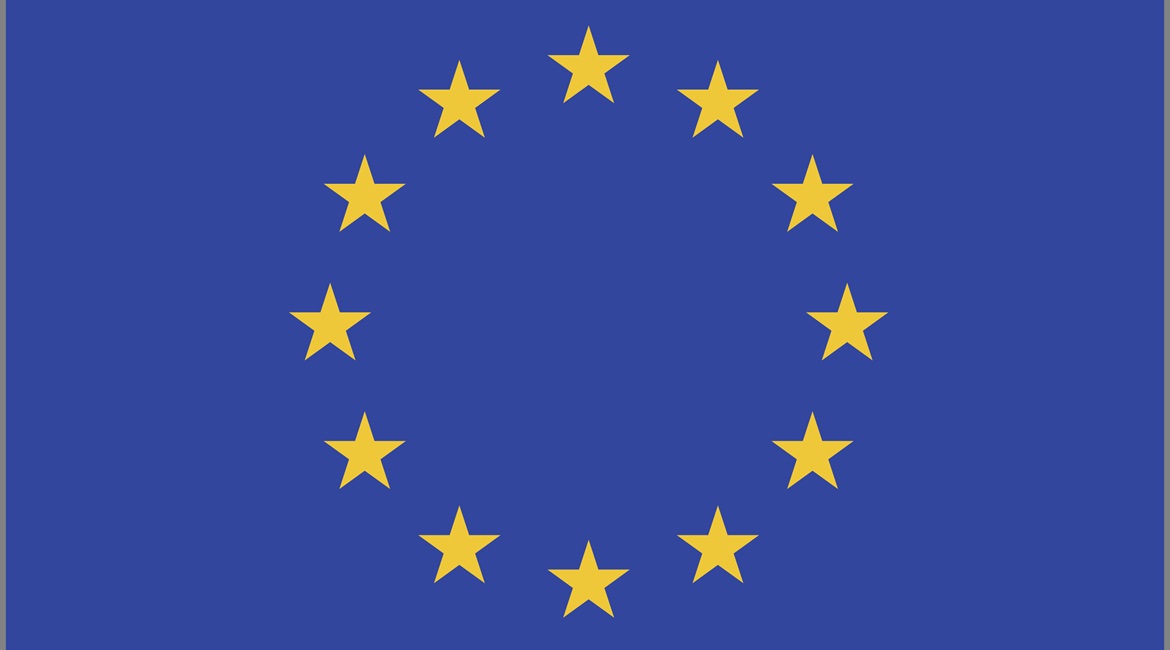
During a meeting in Brussels on 20 November, EU defence ministers approved their first full-cycle Coordinated Annual Review on Defence (CARD).

EU defence ministers approved their first fully-fledged CARD on 20 November. (Getty Images)
Prepared by the European Defence Agency (EDA), the CARD analyses the current and future planned defence spending, research, and capability development goals of EU militaries, while pinpointing how to co-operate on capabilities that boost Europe’s collective defence posture. For example, the new document identifies over 100 collaborative opportunities, including 55 across the following domains: land (17), air (14), maritime (12), cyberspace (3), space (4), and joint/enablers (5).
More specifically, the CARD recommends six priority capability areas that the agency’s 26 member states – all EU countries save Denmark – should collaboratively invest in and develop: main battle tanks (MBTs), patrol vessels, defence in space, soldier systems, counter-unmanned aircraft systems (C-UAS) and anti-access/area denial assets (A2/AD), and enhanced military mobility.
“All together, these form a strategic focus for the EU,” EDA Chief Executive Jiří Šedivý told reporters on 18 November. “As their current plans are already nailed down, we are aiming to influence the member states’ next planning cycle – after 2025.”
Philippe Leopold, the EDA’s head of co-operation planning, added, “If the member states go for a collaborative approach in these areas, it will have a structuring effect at the EU level.” Asked by Janes
Looking to read the full article?
Gain unlimited access to Janes news and more...






